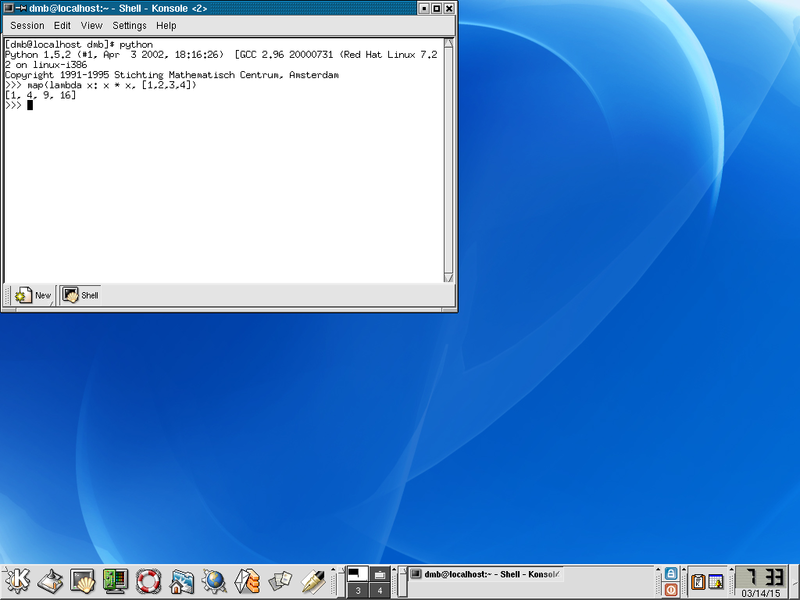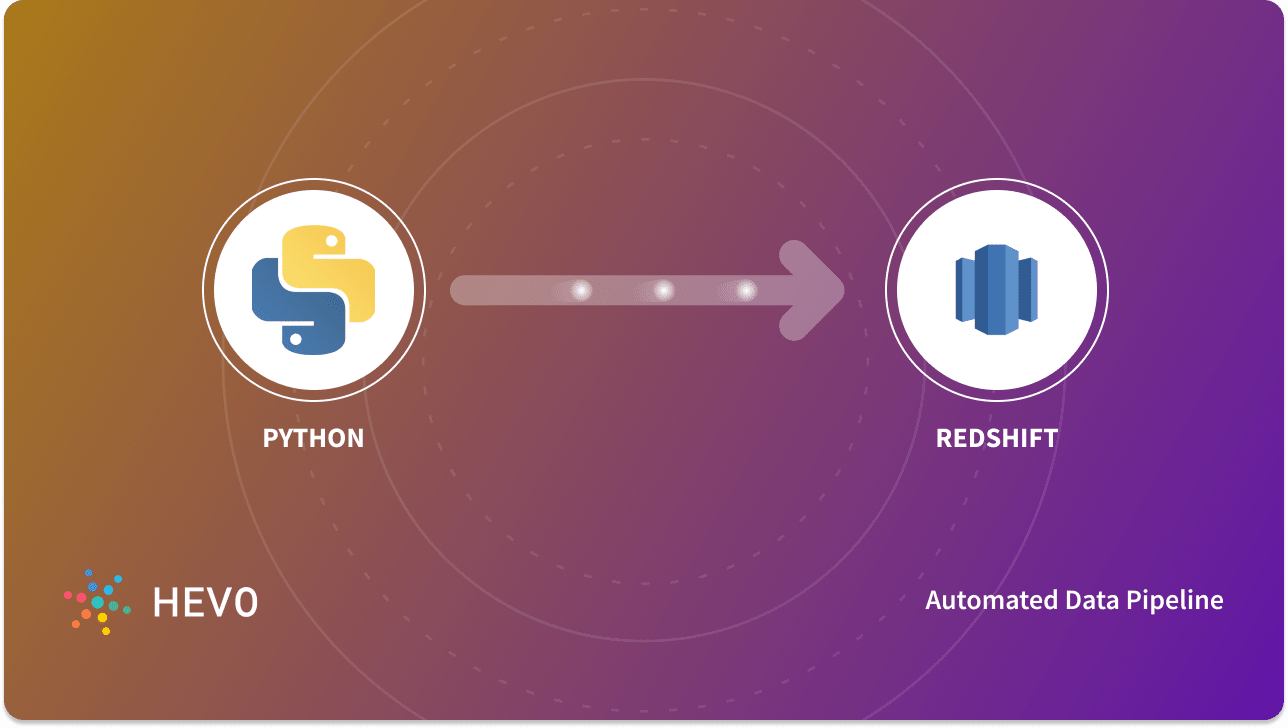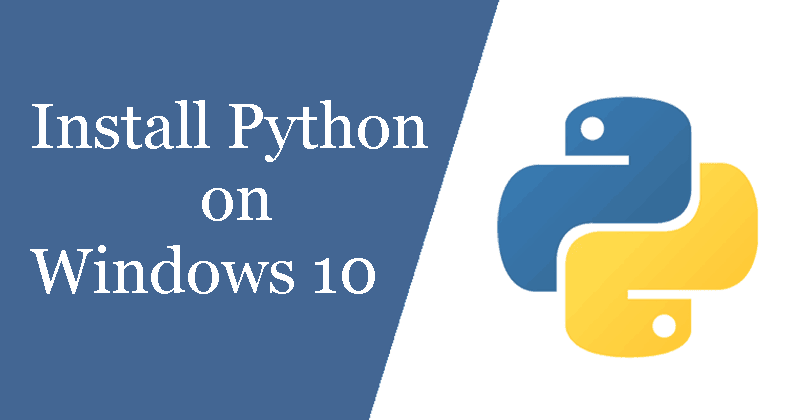

Finally, the install command I was looking for: sudo yum install rh-python36-python-pip.noarch. I used the command yum search python36 to see if any Python 3.6 packages were available, and voila!Īha! A package specifically built by Red Hat. Note: if sudo doesn't work for you see How to enable sudo on Red Hat Enterprise Linux.įrustrated, but not to be defeated, I figured pip- a Python utility-must be part of the Python package for RHEL. Obviously, the correct command is sudo yum install pip. Well, hang on a minute I'm on RHEL, so yum is the package manager (that is, installation utility). With the confidence that often accompanies ignorance, I went to the command line and typed the simple command pip install flask and waited for the good news. Obviously, installing Flask would be easy.

Because Python 3 is part of the Red Hat Software Collections (RHSCL), this works with all minor versions of RHEL 7. If you aren't using RHEL 7.5, not to worry.

I'll use Flask, a terrific microframework that makes building RESTful services easy. Then I got the idea: I'll install the Red Hat Container Development Kit (CDK) and build some Python-based containers. There it was, on my PC, running in VirtualBox.a gleaming, shiny, brand-spanking-new VM running RHEL. I recently got my zero-dollar developer copy of Red Hat Enterprise Linux (RHEL, version 7.5) and built a virtual machine (VM) to run it.

I'm using this install.sh script to achieve that purpose #!/bin/bash with every package that the system may need to run python, I have added tons and tons of packages, but still, it gives me error all the time. I need to include everything locally, starting from python3 source, to pip and setup tools. I have a Django project that is going to be installed in an RHEL 7 server with no internet access.


 0 kommentar(er)
0 kommentar(er)
